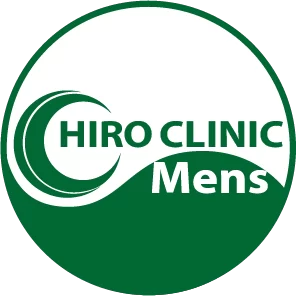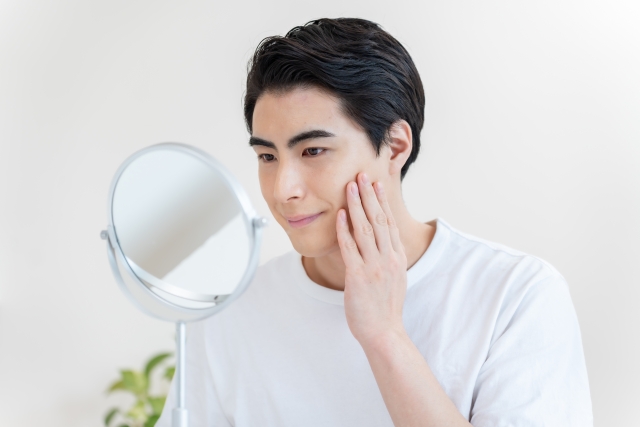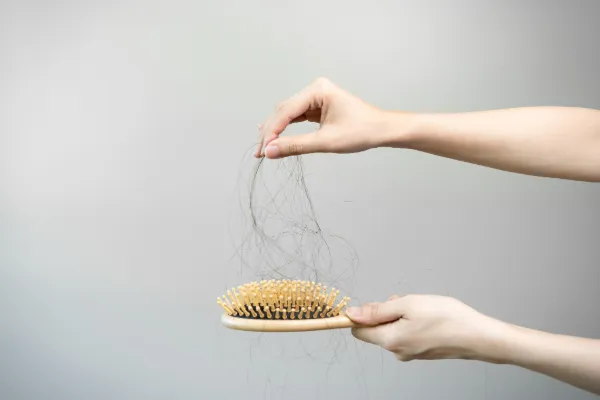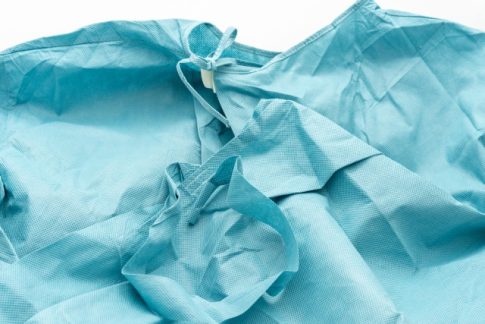この記事の概要
Beard transplantation is a surgical procedure in which hair taken primarily from the back of the head is transplanted to the face to create a natural beard. After surgery, the beard will take six months to a year to establish, but scabbing and temporary hair loss may occur during the first few weeks. With continued proper aftercare, a natural beard can be maintained over the long term.
Beard Transplant Prognosis
The outcome (prognosis) of a beard transplant depends largely on the success rate of the surgery and the survival rate of the transplanted hairs. Survival rate refers to the percentage of transplanted hairs that actually adapt to the new environment and regrow. Success rates are usually over 90%, but vary from case to case. This depends on the patient’s constitution, lifestyle, and the thoroughness of aftercare.
The scabs on the transplanted areas will fall off naturally within 1-2 weeks after surgery , and if the hair has taken root, the beard will gradually grow over the next few months. However, a phenomenon called “shock loss” may occur, in which hair temporarily falls out for several weeks to several months immediately after the transplant . It should be noted that it usually takes 6 months to a year for the final take to be confirmed.
Donor Hair Selection
Donor hair is usually taken from the back of the head. This is because hair from the back of the head is called permanent hair, as it has a long lifespan and tends to continue to grow even after transplantation . When selecting a donor, high-quality hair is selected, and for beard transplants , hair with a texture and thickness similar to that of a beard is particularly required. By transplanting hair that is harder and thicker than hair , we aim to achieve a natural beard appearance.
In some cases, body hair, such as chest hair, is used as the donor hair. By using hair with a texture similar to that of beard, the transplanted hair looks more natural.
Determining the shape of your beard
Prior consultation between the patient and the doctor is very important when performing a beard transplant surgery. The shape and density of the beard will be decided taking into consideration the patient’s facial contours, skin tone, personal preferences, etc. If the patient wishes, a photo can be used as a reference to clearly communicate the ideal image of the beard.
The shape includes a density distribution that matches the natural growth pattern of the beard. The specific design of the surgery is based on the desired shape, whether partial beard or full beard.
Positioning the patient during surgery
The surgery is performed in a relaxed position, usually in a reclining chair, with adequate support to prevent the patient from moving during the procedure. Since the patient’s comfort has a major impact on the accuracy of the surgery, firm positioning is common.
This arrangement ensures the surgeon has the best possible field of vision and angle when performing surgery, ensuring optimal results.
Surgery using FUE method
The most commonly used technique for beard transplants is Follicular Unit Extraction (FUE). In the FUE technique, individual hair units (follicles) are harvested from a donor area and then transplanted into the desired area as required. This method is highly effective for beard transplants as it allows for a natural looking hairline and density .
The advantage of the FUE method is that it leaves almost no scars. Unlike traditional excision methods, the FUE method uses a small punch, so patients are more likely to achieve a natural-looking result after surgery.
Disinfection and anesthesia
At the beginning of the procedure, the transplant site is disinfected to minimize the risk of infection. This is followed by administration of local anesthesia to prevent pain and discomfort during the procedure. Local anesthesia is administered to both the donor and transplant sites, allowing the patient to remain awake during the procedure.
Incision and Insertion Procedure
The main step of the surgery is to make small incisions in the beard skin and insert the hair units. This process is done carefully, hair by hair, and they are placed according to their natural flow and angle. The angle and direction of the hair units are adjusted to match the patient’s existing beard growth pattern, giving the patient a natural look.
Aftercare
After your beard transplant surgery, patients will be provided with aftercare instructions. The transplant site may show mild swelling and redness for a few days, and it is important to keep the area clean. Instructions regarding post-operative washing and skin care will also be provided by your doctor, and proper care should be taken to speed up your recovery.
Prescription antibiotics and painkillers may also be used to minimize the risk of infection and reduce pain. The final recovery process varies from person to person, but most patients are able to return to their normal daily activities within 2-3 weeks.
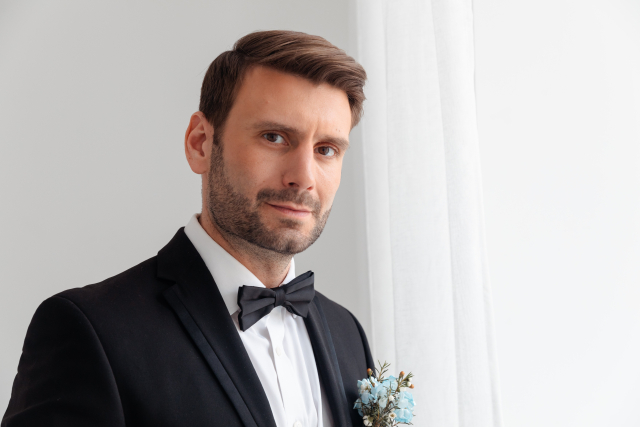
Specific steps and procedures for beard transplant surgery
Each step of the beard transplant surgery is meticulously planned, from preparation to aftercare. Below we will take a closer look at the procedure.
1. First consultation and pre-counseling
Before a beard transplant , a consultation is conducted. Here, the patient will discuss with the doctor the specific style and density of the beard he or she desires. The doctor will also check the patient’s skin type, face shape, and existing beard condition to come up with an appropriate transplant plan. A medical examination is also typically conducted beforehand to ensure that the patient is healthy enough to withstand the surgery. If you have any allergies or a history of medication, it is important to inform the doctor at this stage.
2. Hair collection from the donor area
To harvest, a special punch tool is used to extract individual hair follicles from the donor area. The follicles are carefully selected individually in small groups of 1-4 hairs per hair unit. They are usually harvested from the back of the head, but donor hairs can also be taken from the chest or chin area if necessary. This ensures that the transplanted hairs are of the right consistency and thickness for the beard , resulting in a natural look.
Once harvested, the hair follicles are placed in a special preservation solution and stored until they are ready to be transplanted . This solution increases the survival rate of the hair follicles, helping to improve the success of the procedure.
3. Preparation of hair follicles for transplantation
After the donor hair is harvested, it is then prepared for transplantation . Each harvested hair follicle is inspected to ensure it is not damaged and healthy. It may also be trimmed to fit the required direction and angle for each follicle. This step is very important as it greatly affects the naturalness of the transplanted result .
4. Incision at the implantation site
Based on the patient’s facial hair design, tiny incisions are made at the transplant sites. The number and location of the incisions are planned according to the pre-determined shape and density of the facial hair. The incisions are very small, usually about 0.5-1 mm deep. This helps the transplanted hair to take root at the correct depth and be well established.
The surgeon will make skilled incisions to accurately replicate the direction and angle of your beard growth. Once this process is complete , the insertion of the hair grafts can begin.
5. Insertion and placement of hair follicles
The hair follicles are carefully inserted one by one into the incisions, where your surgeon will place them taking into account your natural beard density and growth patterns. Follicle placement may vary in different areas of your beard, for example to reflect the different hair growth patterns in your cheekbones and beard.
When inserting the hair follicles, it is important to space them apart to ensure both aesthetic and functional results. Depending on the density and volume of your beard, the procedure can take anywhere from a few hours to a day.
Post-surgery progress and aftercare
Aftercare following your beard transplant surgery is a key factor in determining your long-term success. Proper care will increase the survival rate of your transplanted hair and help your beard grow more naturally.
1. Immediate Post-Surgery Care
After surgery, swelling and redness at the transplant site may continue for a few days. This is a normal reaction and is nothing to worry about. Taking painkillers and antibiotics prescribed by your doctor will help relieve symptoms and reduce the risk of infection. You should also be careful not to touch the affected area and avoid washing your face and shaving immediately after surgery.
2. The first week or two
Approximately 1 to 2 weeks after surgery, the scabs will naturally fall off. This period is very important, and in order to promote the growth of transplanted hair, it is important to avoid irritation of the affected area. It is also recommended not to rub the affected area too hard when taking a shower.
If necessary, a doctor will check regularly to check the condition of the transplant site and its recovery.
3. Growth and shock loss of transplanted hair
A few weeks after transplantation , you may experience a temporary “shock loss” where the transplanted hair falls out. This is a temporary loss and is a natural response as the hair follicle adapts to its new environment. After this period, new hair will begin to grow in about 3-4 months. The final results will be visible after 6 months to a year, when the density and shape of the hair will stabilize.
4. Long-term care
It takes about a year to see the final results, but even after that, regular care is important . Because transplanted hair comes from the scalp, there may be slight differences in the way you shave and care for it compared to regular beards, but basically, you can maintain it in the same way as you would a natural beard. If necessary, it’s a good idea to use a special beard oil to keep it moisturized.
